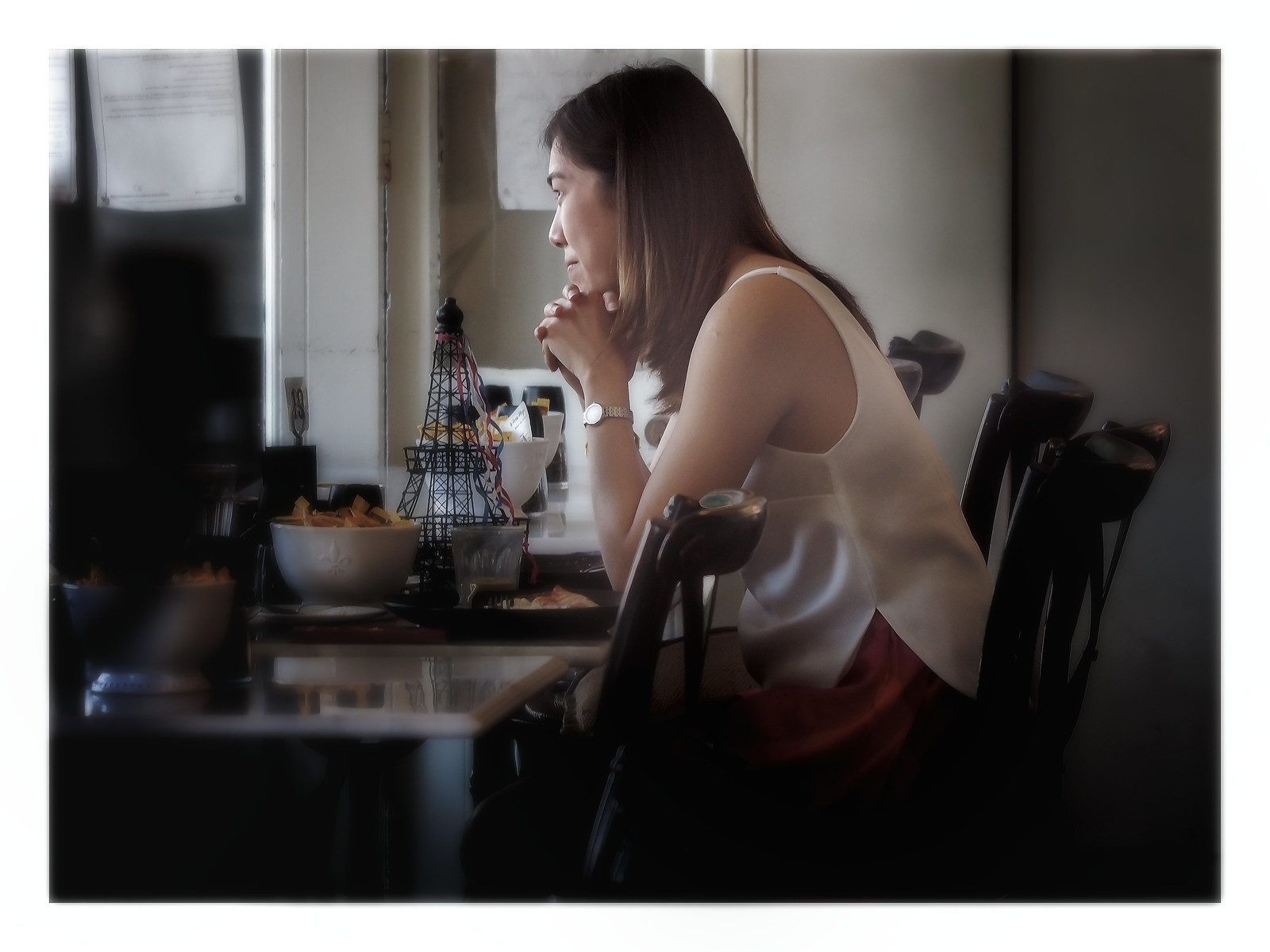TenEleven
Well-known
An oddball post-WW2 lens, an uncoated 5cm f3.5 Tessar with aluminum barrel and anodized aluminum mount, produced in April 1947. Probably the lightest lens I own, this one is 51gr/1.7 ounces. The post-war 5cm f3.5 "black line" Tessar that was produced around this same time weighs 80g/2.8 ounces, while the pre-war lens constructed of chromed brass weighs 120g/ 4.2 ounces

In a similar vein here's a 3million also uncoated Sonnar. Partial aluminum / brass construction.
The same is true for this 2.85x LTM Sonnar, which is original to its mount - aka the focus mount has the usual stamped numbers.



























